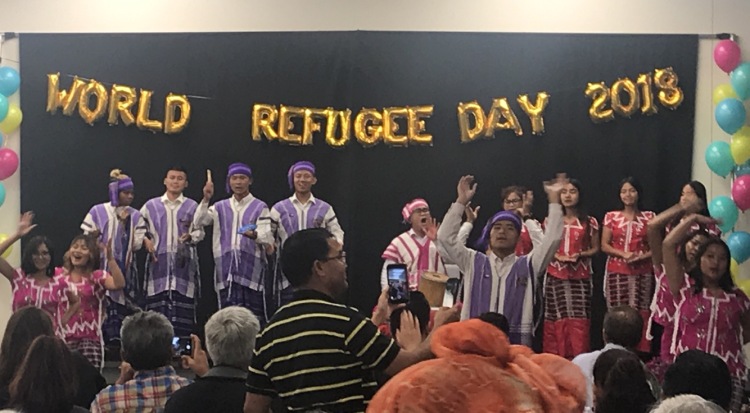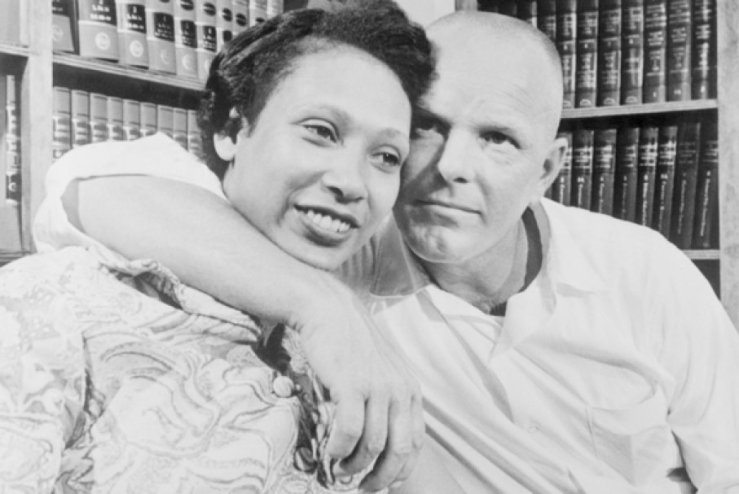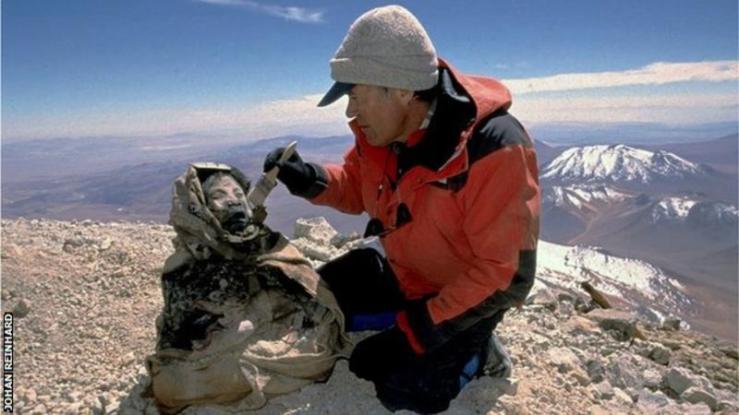I had the privilege of sitting down and having a conversation with one of the former Freedom Education Fund (FEF) recipients. The FEF is a fund provided through Prescott College that was designed to provide funding, much like a scholarship, to one undocumented, college applicant each year. I wanted to find out who was on the receiving end of the fund and put a personal face/connection to this initiative.
I had the amazing opportunity to meet with Itzel, last year’s recipient of the FEF. She is allowing me to use her name and information for telling her personal story in hopes of bringing awareness to the fund, and one day, expanding it to reach more recipients.
Itzel, along with her mother and sister, traveled from Mexico to the United States when she was only six years old. Her father traveled ahead of time and was waiting for them. Her story is one of courage, resilience, and passion. She recalls her first memories of schooling in the U.S. where communication proved to be impossible. Not even being able to communicate her basic needs, like needing to use the bathroom, was quite a challenge. Over time, and with the help of a very patient, bilingual friend, she started adapting to living in the U.S. and learned English.
It wasn’t until High School that the effects of being an undocumented citizen started sinking in. Itzel started feeling “different” from her peers and longed to be able to tell stories of traveling to new places, like some of her classmates. Traveling was and still is only something she can daydream about. During her High School years, she started finding out what it meant to her personally to be undocumented. She started becoming passionate about immigrant rights, in particular about undocumented citizen’s and a pathway to higher education. For many undocumented young people, attending college is just out of grasp because of financial obligations. This is why programs like the FEF are so desperately needed.
Itzel was chosen as last year’s FEF recipient, which not only means a brighter future for her, but also for her family. As she put it, “the FEF has provided a door for opportunity for her” (I. Soto, personal communication, June 26, 2018). Being the first person in her family to attend college makes this opportunity even more significant. Itzel’s hopes and dreams include getting into film and creating Latino movies that will provide empowerment for the Latino population. She also aspires to study law and someday run for an elected position where she can help other undocumented citizens by fighting for immigrant rights. These aspirations would not seem so achievable without the help of the FEF. This is why funding for the FEF, and other similar programs, is so important.
-Erika Huffer



 Keep Families together
Keep Families together



